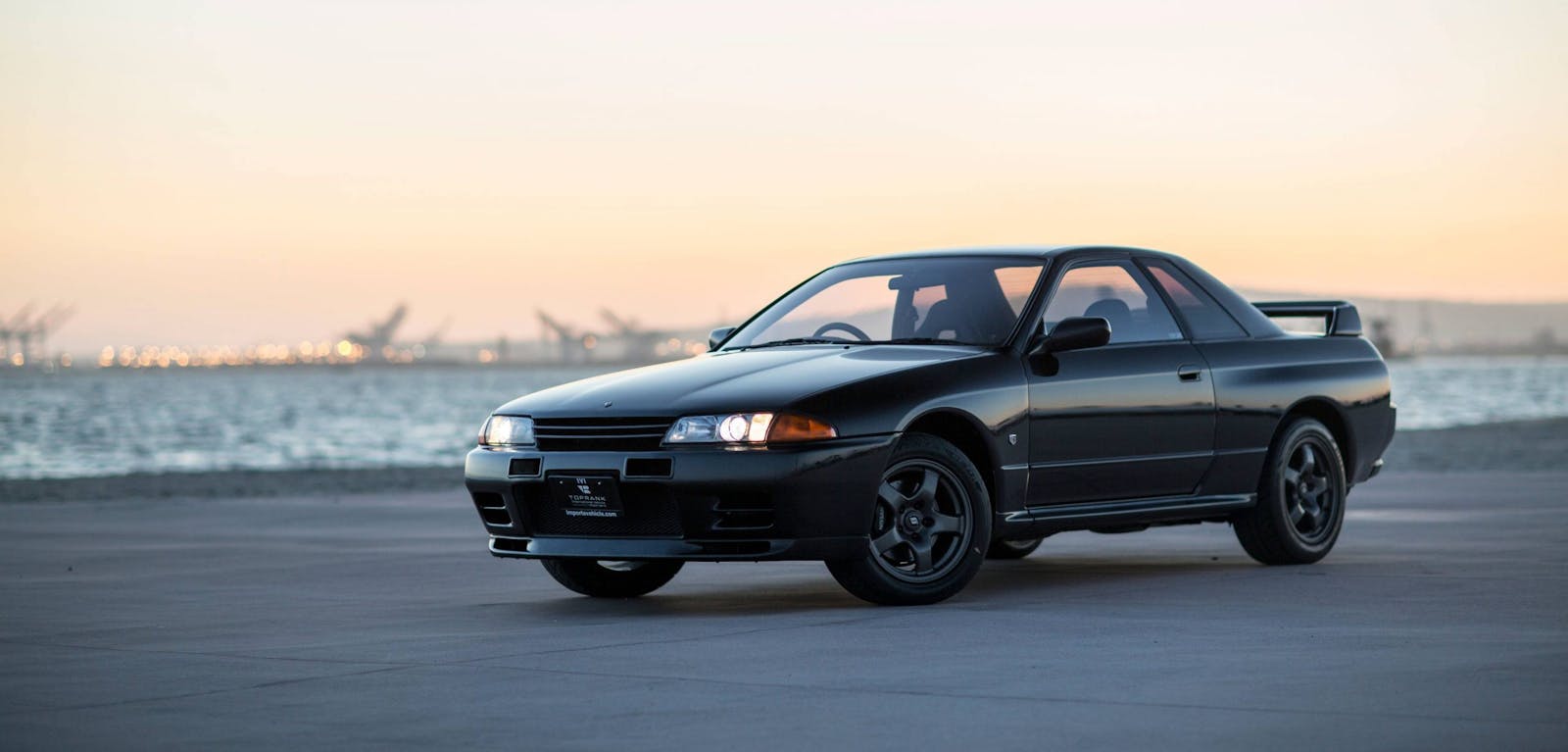3 charts that capture the wildness of the January 2022 auctions

The January auctions, comprised of Mecum Kissimmee at the beginning of the month and a grouping of sales in Arizona at the end, are what many casual collector-car enthusiasts have in mind when they think of “the collector car market.” Here at Insider, we like to think we know better, but the truth is we get as jazzed up about the sales as anyone else. Even in this era of 24/7 online auctions, there’s something special about watching thousands of cool collector cars cross the block, often before national TV audiences.
We paid particular attention to the 2022 edition of the auctions: They were the the first full-fledged January sales in two years (last year Barrett-Jackson postponed to spring), and they took place in a market that has been incredibly bullish. Would the in-person sales maintain the velocity we’ve seen online over the last few months, or would the gloom of the general economy finally catch up to classic car buyers?
Now we’ve crunched the numbers and can definitively state that the auctions were not as hot as the market has been in recent months. No, they were much hotter. In 30 days, the in-person sales cleared more than $450M—the biggest January ever. Let’s take a closer look at where all that money went.
The auction companies
To think, eighteen months ago we were wondering if traditional auction houses would see the other side of the pandemic. Auction companies make money off sponsors, TV deals, etc, but the bulk of it comes from, you know, selling cars. This January, they made a lot of money. Buyer and seller fees are typically higher at in-person auctions than online—a $100K winning bid really means the buyer pays something like $110K and the seller gets $90K. That extra $20K goes to the auction company, and that adds up fast, especially when you’re auctioning 2000 cars for an average sale price nearing $100K. This graph shows how much the total sales at the January auctions have grown in the last 15 years and just who is making most of the money. Mecum’s Kissimmee haul has gone from ~$2.5M in fees to ~$35M.
The sellers
With prices rising every day, sellers are bound to make money. Indeed, 73 percent of repeat sales in January (that is, cars previously sold within two years) brought more money here than they had previously. The average return for a repeat sale at Scottsdale was 26 percent, a 23 percentage point gain over 2020's 7 percent average return. For Kissimmee the average return was 24 percent, against the same 2020 return of 7 percent. It's worth noting that a big part of these gains came from a few unbelievable flips, such as the National Park Bus that sold for $980K had just a year ago.
Price jumps on "attainable" cars
The increase in revenues for 2022 comes despite the fact that the auction companies still sold fewer cars than they did in January 2020. In other words, the cars got more expensive. Not surprising. But the real story is which cars got more expensive. During the last market peak, the cars gaining the most tended to be those in the upper price brackets. Although we definitely saw some spectacular seven-figure sales in January, the average sale price at the "catalog" auctions (RM, Gooding, Bonhams, Worldwide) that specialize in higher-end cars has been trending mostly downward since 2015 highs.
It is Mecum and Barrett-Jackson, which sell predominantly American classics, where average sale prices skyrocketed. It's yet another indication that the staples of the classic car market are becoming less attainable.

